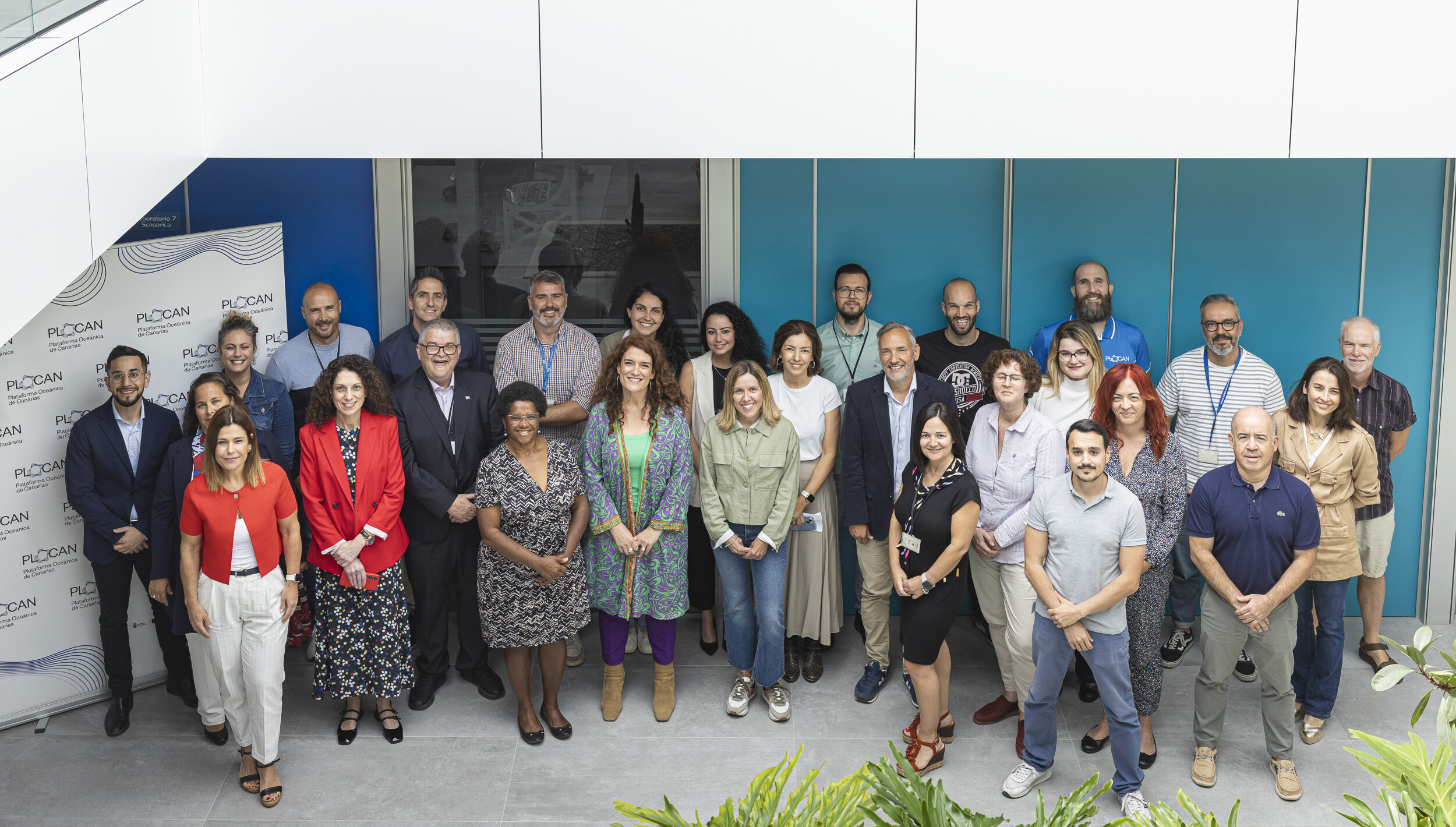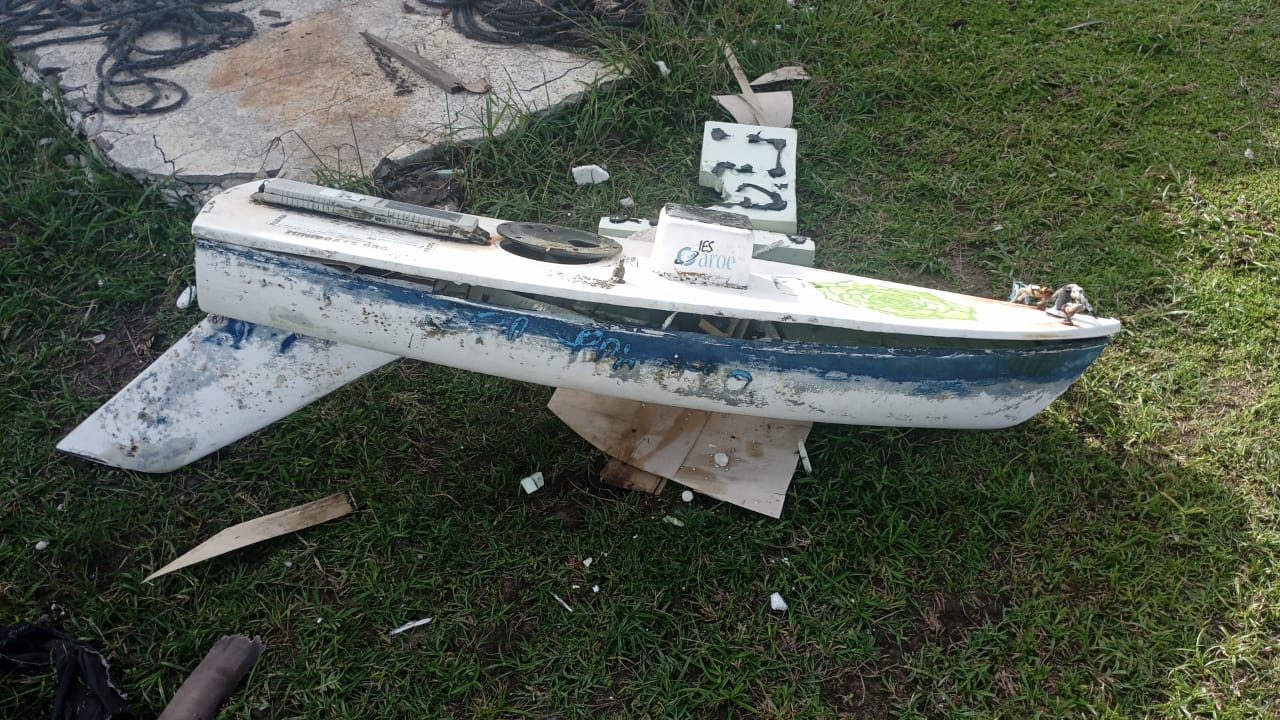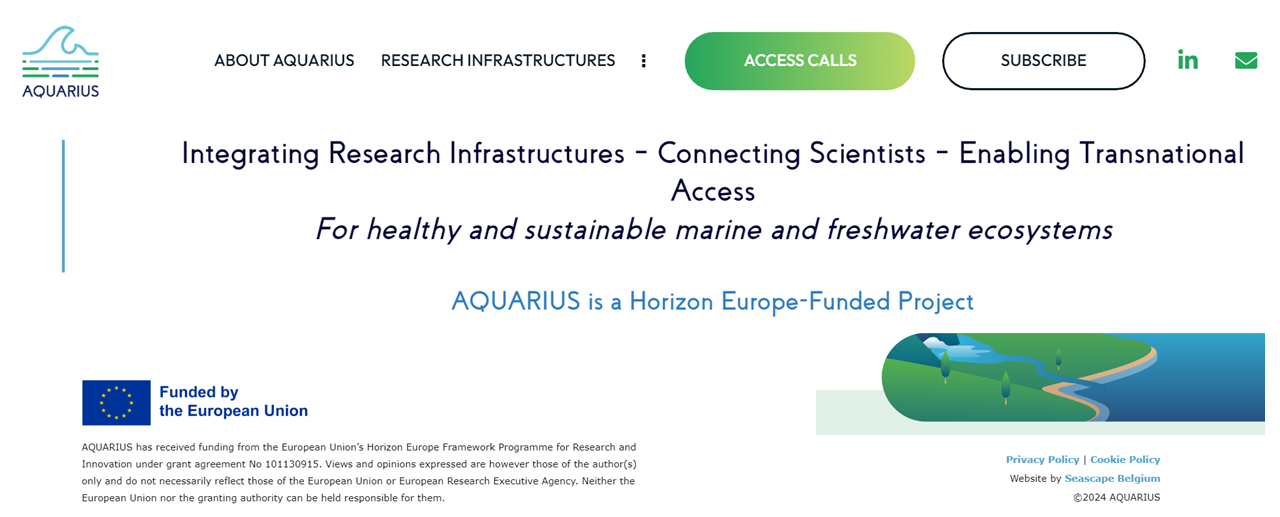The City Council of Las Palmas de Gran Canaria, the Mixed Water Company of Las Palmas S. A. (Emalsa), and the Oceanic Platform of the Canary Islands (PLOCAN) have signed a covenant aiming to transform the Piedra Santa Industrial Park (Jinámar) into a research center at the forefront of green hydrogen technology.
The agreement also includes the expansion of the Electrical and Communications Infrastructure Project (IECOM) for the development of the REDSUB project, an electrical network to support the experimentation and testing of new technologies that utilize marine energy resources for electricity generation and the connection of technologies for deep-sea observation.
The Mayor, Carolina Darias, the Councilor for Water, Inmaculada Medina; the Director of PLOCAN, José Joaquín Hernández Brito; and Mercedes Fernández-Couto, General Director of Emalsa, were present at the signing, which will allow the City Council to provide approximately 800 square meters for the construction of the new building, located at Emalsa’s Jinámar Water Treatment Plant, with the purpose of producing sustainable green hydrogen and promoting its use in various applications.
Darias stated during the event that “Las Palmas de Gran Canaria is a city committed to sustainability and innovation, so we are delighted with the signing of an addendum with Plocan to collaborate in the production of green hydrogen through renewable energies, which can have practical utility for Emalsa and also for the Piedra Santa Industrial Park.” She added, “We continue to advance in innovation hand in hand with science to improve people’s lives.”
José Joaquín Hernández Brito, the Director of PLOCAN, pointed out that “this project is of enormous importance for the production of green hydrogen that we are carrying out through renewable energies.” Hernández Brito added that the facility “will generate over 200 kilograms of hydrogen per day and will allow the Canary Islands to be at the forefront of renewable energy generation, with the impact that has on job creation and economic activity in the region.” He expressed gratitude to the “City Council and Emalsa for their collaboration and the facilities they are providing to expedite the administrative procedures.”
This agreement confirms the close relationship that the City Council of Las Palmas de Gran Canaria, Emalsa, and Plocan have maintained since 2015 when the first collaboration agreements were established, allowing for the construction of the Electrical and Communications Infrastructure Project (IECOM) in Piedra Santa at Plocan’s test bench, which is necessary for the offshore energy evacuation operations and subsequent development.
The signing is an addendum to this agreement, which includes the transfer of a series of facilities and land to meet the demand for R&D&I projects. This facilitates the development and testing of new technologies that require electrical infrastructures connected to the distribution or transportation grid.
In this regard, PLOCAN aims to become a reference operations hub for green hydrogen research. The project aims to harness renewable energy sources in its test bench to produce sustainable green hydrogen and promote its use not only as a clean fuel for transportation but also as a raw material in industrial processes. This innovation will significantly contribute to reducing carbon emissions in the region.
To achieve this, Plocan will have a space of 800 square meters in the Piedra Santa Industrial Zone where, due to its proximity to the test bench, the energy generated by the new green hydrogen center can be transmitted to the electricity transportation grid.
REDSUB `project
The agreement also includes the expansion of the IECOM for the development of the REDSUB project, which requires the installation of a submarine electricity and data network connected to the terrestrial grid, accelerating the demonstration and commercialization of these technologies for scientific and business communities at Emalsa’s Las Palmas II plant.
The agreement also encompasses the installation of two maneuvering centers and a transformation center for the control and protection of the onshore electrical facilities, as well as another space for the delivery, measurement, and maneuvers that receive the electric power generated by the prototypes tested at the test bench and distribute it to the grid.
This last action will also involve the creation of an underground medium-voltage conduit to install the line that will connect the expansion of the IECOM at the Las Palmas II plant to the electric distribution network located at Emalsa’s Las Palmas III plant.
These works will also allow the installation of an underground low-voltage conduit so that Emalsa can have both plants connected in anticipation of future expansions.
Another project designed by PLOCAN includes the execution of horizontal directional drilling for the passage of submarine cables from sea to land, with an area of approximately 570 square meters, as well as the expansion of the electro-marine installation allowing the connection of offshore wind turbines and the subsequent evacuation of the generated energy through the existing electrical facilities of the IECOM.



